Laparotomy
Опубліковано
20.06.2024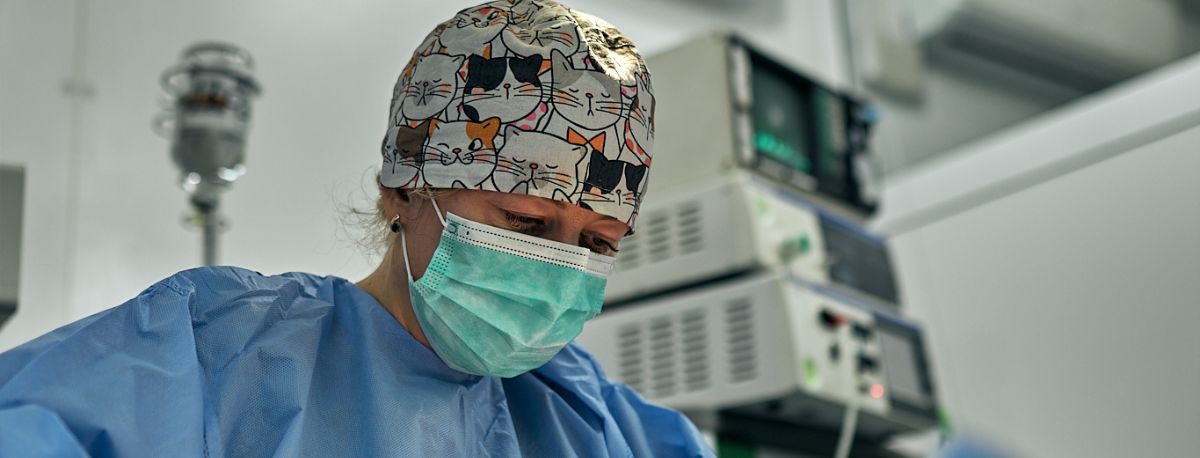
Laparotomy for animals
Laparotomy is an open surgery on the abdomen. It can help the surgeon both diagnose and treat certain problems. A diagnostic laparotomy makes it possible to localize the source of the problem in the abdominal cavity and correct it.
What is a laparotomy?
Laparotomy is a surgical procedure that involves cutting the abdominal cavity and visualizing internal organs
Sometimes a laparotomy is diagnostic - it is a way for your surgeon to see what is going on in the patient's body and possibly take tissue samples for additional tests (cytology, histology, culture). Laparotomy can have a curative effect when it comes to removing a foreign body, removing a problematic organ, stopping bleeding due to trauma.
Why is a laparotomy necessary?
Visual diagnostics does not always allow to localize the place of internal bleeding, pain, and the cause of septic exudate. In such cases, surgeons have to resort to laparotomy. Laparotomy allows access to all internal organs of the abdominal cavity. This is very convenient and relevant if the place of the main problem cannot be clearly localized
Laparotomy is often an emergency procedure, but not always. You may need a laparotomy for a planned or unplanned cesarean section. Your surgeon may order a laparotomy to remove an organ or tumor. Taking a biopsy
What organs are examined during a diagnostic laparotomy?
It may need to be checked:
- Stomach.
- Intestines.
- Spleen.
- Pancreas.
- Liver.
- Gallbladder.
- Bile ducts.
- Kidneys, adrenal glands and ureters.
- Bladder.
- Genital organs (ovaries, horns and body of the uterus, prostate)
What pathological conditions may require diagnostic laparotomy?
- Traumatic abdominal injury.
- Infection in the abdominal cavity (peritonitis).
- Perforation of the gastrointestinal tract or uncontrolled gastrointestinal bleeding.
- Emergency splenectomy for splenic rupture.
- Removal of a foreign body from the gastrointestinal tract
- Ovariohysterectomy for pathology of the ovaries and uterus
- Removal of tumors
- Removal of calculi from the bladder, ureters and kidneys
Is laparotomy a serious operation?
Yes. Whether it's a diagnostic laparotomy or a laparotomy for a limited purpose, such as organ removal, opening the abdomen is a major operation. The incision will be long and deep, and many layers of tissue will have to be restored. Recovery takes place in stages in a hospital or at home. The course of the operation also directly affects the patient's condition and recovery.
What happens before laparotomy?
Preparation before the operation includes:
- Informed consent. Your surgeon will describe the procedure, possible risks and alternatives, and the expected outcome.
- General clinical examination to assess the current condition. Collection of anamnesis. Conducting additional clinical studies such as: blood tests, ultrasound, ECHO, X-ray, CT, MRI. This is done to make sure that the operation and general anesthesia are safe for the patient.
What happens during a laparotomy?
Laparotomy involves a large incision of three to 30 cm in the abdominal cavity. The specifics of the incision and what happens afterwards will depend on the purpose of the operation. In general, the average duration of surgery is 1 hour. Patients are also fitted with various catheters and drains to administer medications during surgery and to drain physiological fluids. They may include:
- Intravenous catheter for administration of anesthesia, antibiotics and intravenous fluids.
- A nasogastric tube that is inserted through the nose into the stomach to drain fluid.
- Urinary catheter for bladder drainage.
- In some cases, surgical drainage may be required,
- feeding tube or parenteral nutrition (through an intravenous drip).
What types of laparotomy are there?
A laparotomy with a specific purpose, a diagnostic laparotomy, may have its own set of standardized steps. But often the course of the operation varies depending on the underlying pathology and the patient's condition. Thus, not every variant of the procedure is a standardized type.
There are also different types of laparotomy incisions that a surgeon can use. While the midline abdominal incision is the most common, giving access to all organs, the surgeon may use a different incision to focus on organs in a specific area.
Laparotomy incisions
The laparotomy incision passes through the skin, subcutaneous fatty tissue, fascia, and muscles. Examples of different laparotomy approaches:
- Medial. This is a standard laparotomy incision, also called a ventral laparotomy. It follows the vertical midline of the abdomen. If only the upper or lower half of the abdomen is needed, the incision can be above or below the navel.
- Paramedian. The paramedian incision also runs vertically through your abdomen, but on one side of the midline. This provides better access to the kidneys and ureters from a certain side.
- Paracostal. The paracostal incision (Kocher's incision) is diagonal on one side of the upper abdomen (epigastric region). Surgeons use it to access certain organs in these areas, such as the spleen or liver, gallbladder, and bile ducts on the right side.
What happens after the operation?
After the surgery is completed, the patient is transferred to the intensive care unit, where medical professionals monitor vital functions until the patient wakes up. Drains and catheters inserted into the patient's body during the surgery will remain in place to drain and deliver fluids. The patient must receive anesthetic therapy
After the end of the outpatient period, the doctor must instruct the owners of the animal on postoperative care of sutures, medication, and care of drains and catheters.
What are the benefits of laparotomy?
Laparotomy helps surgeons diagnose and treat a wide range of conditions, often simultaneously. All surgeons can perform a laparotomy, and they can adapt the procedure with different approaches to suit the situation. In general, surgeons use laparotomy only when it is necessary. It may be necessary for speed of diagnosis or because of the seriousness of your condition.
What are the risks of laparotomy?
Complications are possible:
- Unintentional damage to neighboring organs.
- Excessive bleeding from damaged blood vessels.
- Wound infection and slow healing.
- Areas of permanent numbness due to nerve damage.
- Hernias at the site of a muscle incision or split.
- Internal scar tissue that can interfere with organs (adhesions).
What is the recovery time after laparotomy?
It depends on the general condition and underlying pathology of the pet, as well as on how extensive the surgery was. The incision takes an average of 2-3 weeks to heal. A scar remains after healing
Laparotomy allows the surgeon to see and examine many organs simultaneously, which is important when the underlying pathology can affect any of them. It also allows urgent treatment of diseases after they are detected. It is not so easy to perform an open surgery, but when there are indications, you cannot delay. When the emergency is over, our medical team will help guide your pet through a long recovery process with minimal postoperative complications
Схожі статті

Effect of castration on the animal
Among the positive changes that occur after castration are that the animals become less aggressive, more friendly with each other, and there is no need to divide the territory.
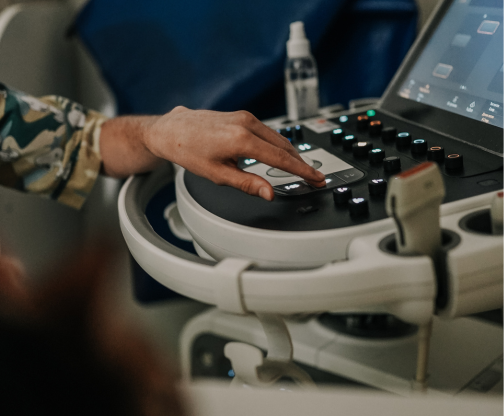
Preparation for ultrasound examination (ultrasound)
It is important to remember that proper preparation of the animal can significantly facilitate the abdominal ultrasound process. By performing this procedure, the doctor can detect possible problems in time and provide proper treatment. High-tech ultrasound is one of the ways to quickly and informatively diagnose and ensure a long and healthy life for our pets.
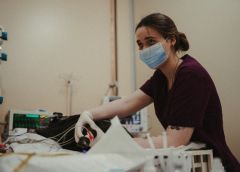
WHY ARE DOCTORS NOT ALL-POWERFUL?
A good doctor is worth its weight in gold. Everyone understands this and can spend years looking for the best one, and when they find one, they will expect miracles.

SYNDROME OF TIRED TANKLES IN CATS
Tired antennae of a cat or What do you know about fatigue?

Side effects of antiparasitic drugs
The need for tick and flea treatments for pets is a well-known fact.

How you can help calm cats and reduce stress today
the head of the felinology department, tells us.
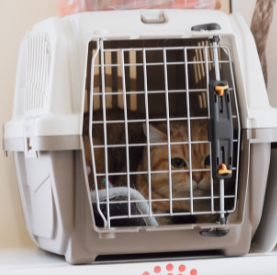
Rules for traveling with pets.
What can we do and what is needed?

8 simple rules to protect your pets during the cold season
In recent weeks, the temperature outside has begun to rapidly drop below zero. This means that our pets are in a special risk zone.
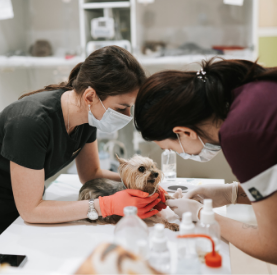
Preparation for anesthesia
What you should know about preparing your pet for surgery

